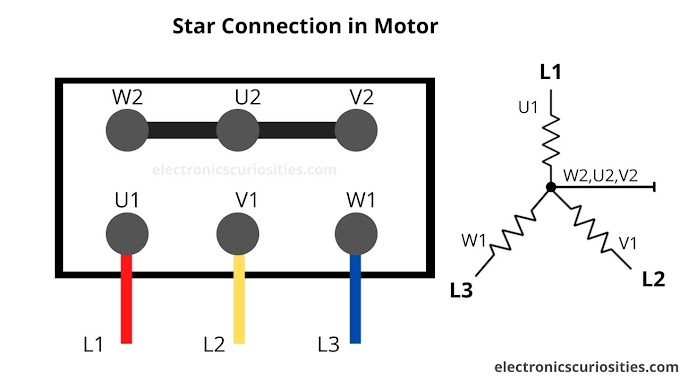 |
| Circuit with Arduino Nano |
Circuit Diagram with Arduino Uno
 |
| Circuit Diagram-Arduino Uno |
Requirements
- Arduino Nano
- Breadboard
- Jumper Wire
- Usb cable
Connect positive wire of buzzer to D4 Digital pin of Arduino and negative wire to Ground pin of Arduino.
Code for Arduino Nano and Arduino Uno are same.
CODE
83 | int speakerPin = 4; int length = 28; // the number of notes char notes[] = "GGAGcB GGAGdc GGxecBA yyecdc"; int beats[] = { 2, 2, 8, 8, 8, 16, 1, 2, 2, 8, 8,8, 16, 1, 2,2,8,8,8,8,16, 1,2,2,8,8,8,16 }; int tempo = 150; void playTone(int tone, int duration) { for (long i = 0; i < duration * 1000L; i += tone * 2) { digitalWrite(speakerPin, HIGH); delayMicroseconds(tone); digitalWrite(speakerPin, LOW); delayMicroseconds(tone); } } void playNote(char note, int duration) { char names[] = {'C', 'D', 'E', 'F', 'G', 'A', 'B', 'c', 'd', 'e', 'f', 'g', 'a', 'b', 'x', 'y' }; int tones[] = { 1915, 1700, 1519, 1432, 1275, 1136, 1014, 956, 834, 765, 593, 468, 346, 224, 655 , 715 }; int SPEE = 5; // play the tone corresponding to the note name for (int i = 0; i < 17; i++) { if (names[i] == note) { int newduration = duration/SPEE; playTone(tones[i], newduration); } } } void setup() { pinMode(speakerPin, OUTPUT); } void loop() { for (int i = 0; i < length; i++) { if (notes[i] == ' ') { delay(beats[i] * tempo); // rest } else { playNote(notes[i], beats[i] * tempo); } // pause between notes delay(tempo); } } |
Watch on YouTube
Thank You!
Happy Learning!



